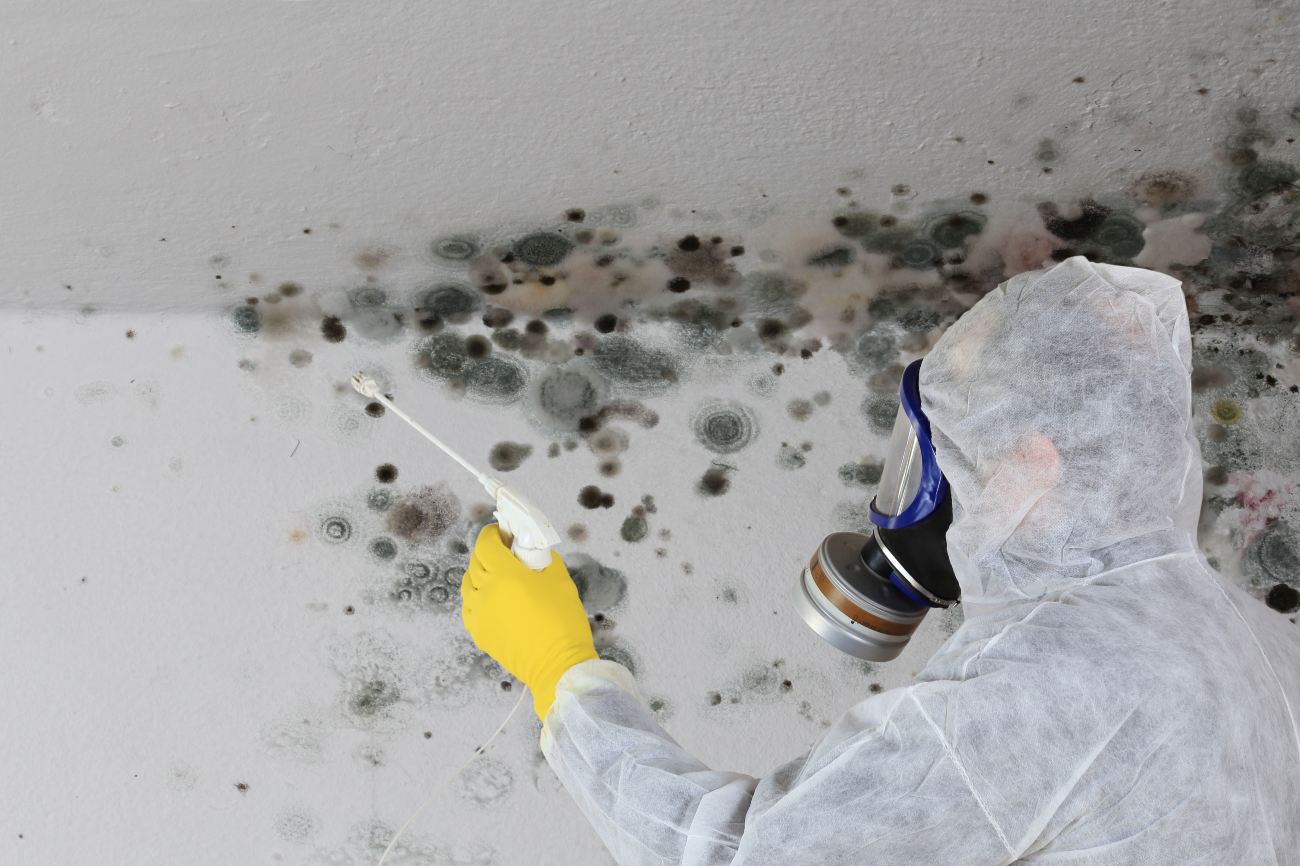One of the last things you want to find in your home is mold. There are different factors that allow these pesky funguses to grow, and they can appear just about anywhere. As inconvenient as mold infestations are, they can also lead to negative effects on the health of your home and the people living in it. You can search online to learn about the different types of mold and the dangers each one carries. After discovering mold in your home, you’ll have to get rid of it immediately. An online search will help you find a professional to safely get rid of the mold and prevent it from coming back.
Here’s what you should know if there’s mold found at home.
The Ways Mold Appears in Your Home
Mold can grow both indoors and outdoors. You might find it on the walls, floors, appliances, carpets, and plenty of other spots. It’s most likely to pop up in damp places such as bathrooms, kitchens, laundry rooms, and other rooms with similar environments.
While some molds are harmless and can be easily wiped away, others are more dangerous to have in the home. That’s why you need to identify the mold as soon as possible. Aside from visible spores, the less obvious signs of mold that you might not even realize.
Some other factors that allude or can lead to mold in the household include:
- A smelly air conditioner or heater;
- Dark grout between your shower tiles;
- Peeling wallpaper;
- Dark or colored spots on your walls;
- Using a humidifier;
- A musty odor in your home, even after cleaning;
- Living in a new home, and;
- A flooded sink or toilet.
If your home falls under any of these risk factors, then it could mean there is mold lingering somewhere. To find the mold, start by looking anywhere that’s damp or where water damage occurred. Mold can begin to grow within 48 hours of water exposure, so make sure to look for any stains or discoloration.
How Mold Can Affect Your Health
Not only is mold gross, but it can also be really bad for your health. There are many health conditions that have been linked to the presence of mold in the home. In fact, changes in your health could also be an indicator of nearby mold.
If you or someone else in the household is experiencing these symptoms, the cause could be mold. These symptoms include:
- Lingering cold or flu-like symptoms;
- Frequent and increasingly severe headaches;
- Chronic nosebleeds;
- Trouble breathing or other respiratory issues;
- Worsened asthma;
- Feeling itchy;
- Endless allergies, and;
- Feeling fatigued.
While the root of these health issues could be unrelated to mold, you shouldn’t rule it out. Mold would be a more probable cause if the experienced health issues are combined with household-related factors like the ones previously mentioned. Most molds are not dangerous but certain types can lead to more severe health problems.
People with allergies, immune suppression, underlying lung disease, or chronic respiratory disease are more likely to experience health issues related to mold. Studies even show early mold exposure is linked to the development of asthma in some children.
What You Should Do If There’s Mold at Home
After discovering mold in the home, it’s time to get it removed. This should happen as soon as possible. Some mold can be easily removed with at-home remedies. But the best way to rid your home of mold and prevent it from growing back is by hiring a mold removal service.
To find a qualified professional, start a search online. There are a few important things you should find out before hiring one. They must have liability insurance for mold removal, provide you a copy of mold cleanup protocol, and a written work guarantee of mold removal.
These businesses should be removing the mold and not just cover it up. Be careful of services that “seal” or “encapsulate” the mold. This doesn’t mean they will remove the mold, but just cover it up. Make sure the business is being hired to eradicate the mold completely.
Choose a business that does everything they can to understand your mold situation. Identifying the cause of the mold will help you prevent more from growing in the future. Get an inspection and see what they have to say. The business may be able to help you or refer you to another professional depending on the mold that’s present.
